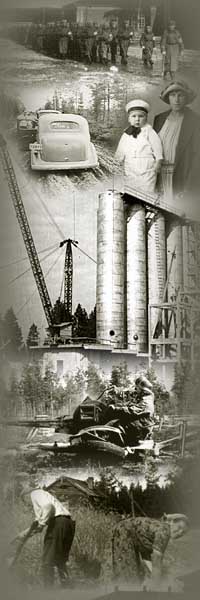 |
 |
|
Summary:
Maija Kallinen, On the Origin of Souls
The academic community of the early modern Germany became involved in a
heated dispute over the origin of souls in the first part of the 17th
century. The University of Wittenberg stood in the midst of the
dispute, which was driven mainly by physicists and medics, not
theologians. This article describes how physical, metaphysical and
theological arguments intermingled in the publications written by two
generations of disputing scholars: Professor of Medicine Daniel Sennert
(1572–1637) from the University of Wittenberg was attacked by
Johannes Freitag (1581–1641), also a Professor of Medicine in
Helmstedt and later in Groningen. In Wittenberg the dispute was carried
over to the most prominent disciple of Sennert, the Professor of
Physics Johannes Sperling (1603–1658), who in turn was ever more
vehemently opposed by the Professor of Physics at the University of
Jena, Johannes Zeisold (1599–1677).
The two main opposing viewpoints were those of Traducianism and
Creationism. In this context, Traducianism refers to a theory according
to which a child’s soul is kindled by the souls of the parents
like a flame from a spark, and transmitted to a new individual in the
same moment of conception as the physical conception took place. This
view, favoured by the wittenbergian scholars, was regarded important in
order to explain the propagation of the original sin. The Creationist
scholars, on the other hand, presumed that because the human soul was
regarded as immortal, it had to be directly created by God for each
individual. Thus, for them, the physical and spiritual generation of
man were two separate processes.
Takaisin
Studia Historica Septentrionalia 73
|
 |